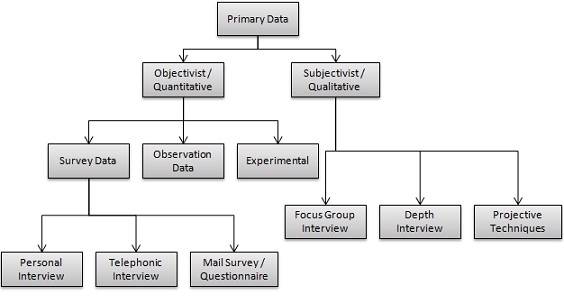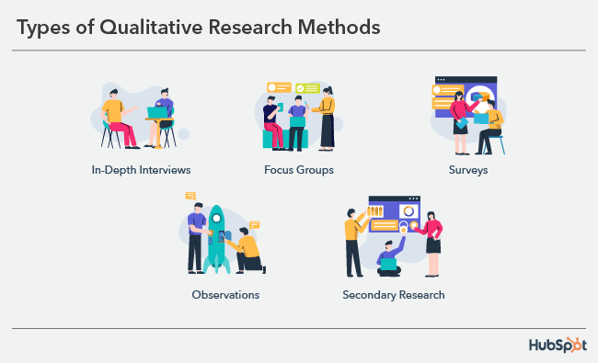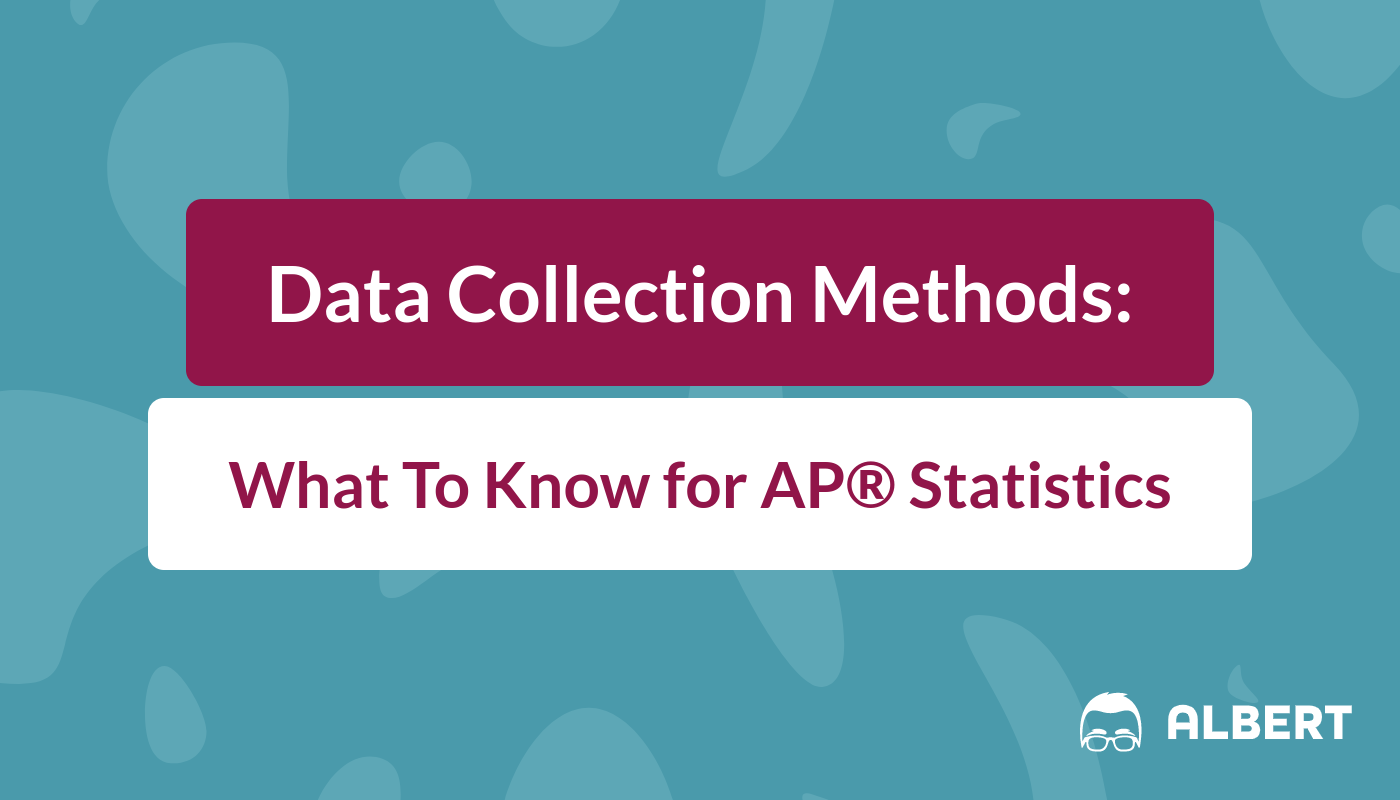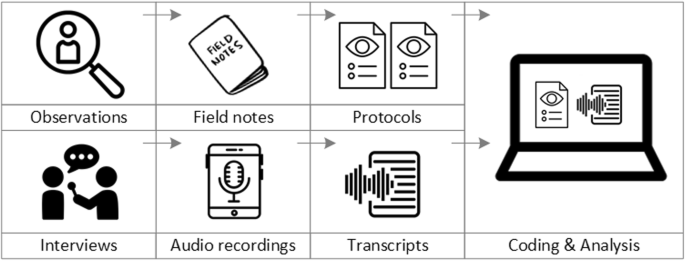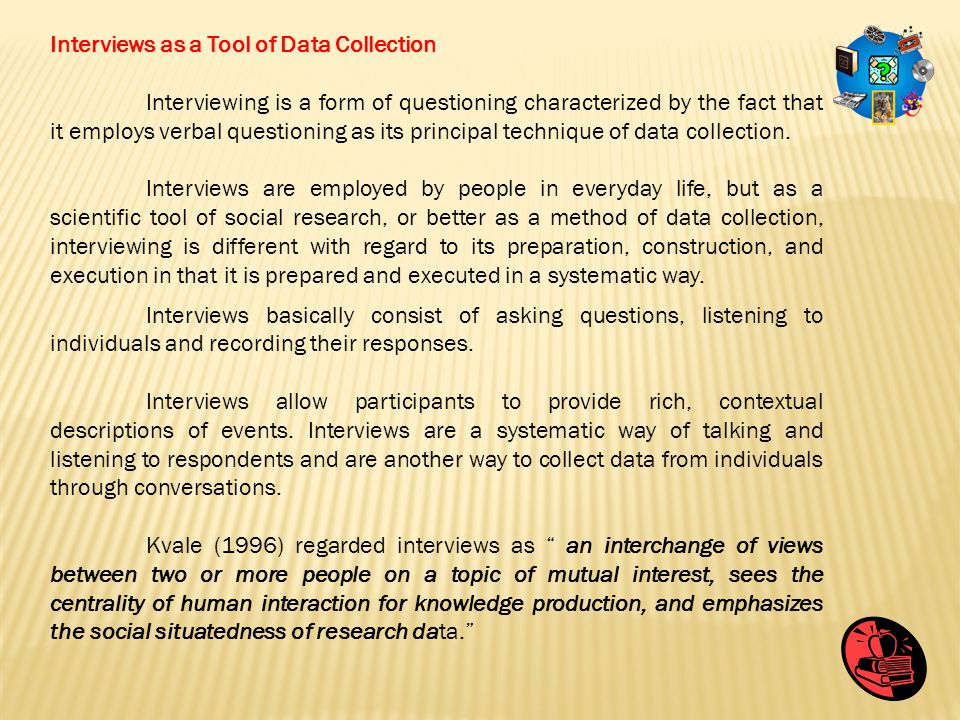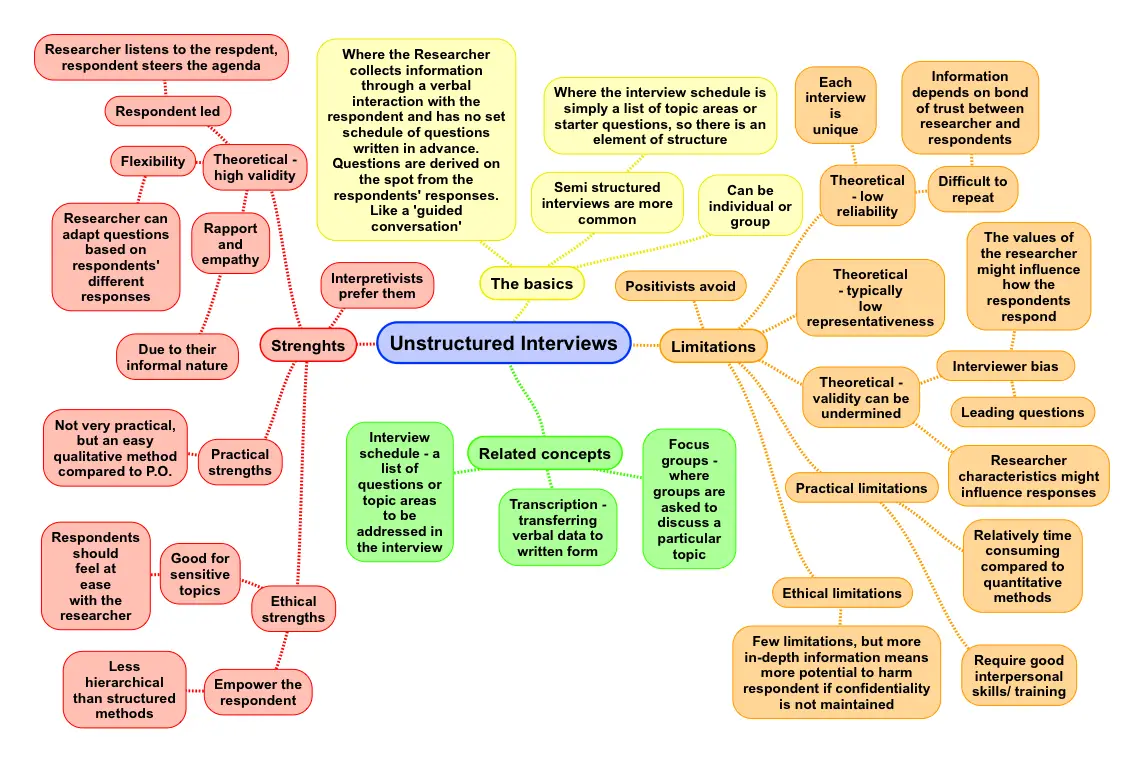Interviewing is a common method of collecting data in research studies. It involves asking questions of a subject or group of subjects in order to gather information about their experiences, opinions, behaviors, or other aspects of their lives. Interviews can be conducted in person, by phone, or online, and they can be structured, semi-structured, or unstructured. In this essay, we will explore the different types of interviews and the pros and cons of each method.
Structured interviews are those in which the interviewer follows a predetermined set of questions in a specific order. This type of interview is often used in surveys or large-scale research projects where the goal is to gather consistent data from a large number of subjects. Structured interviews are useful because they allow for easy comparison of data and can be completed quickly. However, they can be inflexible and may not allow for open-ended responses or follow-up questions.
Semi-structured interviews, on the other hand, involve a set of predetermined questions but allow for some flexibility in the order in which they are asked and for follow-up questions. This type of interview is often used in qualitative research where the goal is to gather detailed, in-depth information from a smaller number of subjects. Semi-structured interviews allow for more open-ended responses and can be more effective at uncovering deeper insights and opinions. However, they may take longer to complete and may be more difficult to analyze.
Unstructured interviews are those in which the interviewer does not follow a set of predetermined questions. Instead, the interviewer may have a general topic or area of interest in mind and allow the conversation to unfold naturally. This type of interview is often used in exploratory research where the goal is to generate new ideas or to better understand a complex issue. Unstructured interviews can be very effective at uncovering new insights and can be flexible enough to allow for unexpected responses or tangents in the conversation. However, they may be more difficult to analyze and may not produce as much consistent data as structured or semi-structured interviews.
In addition to the type of interview, the mode of data collection can also have an impact on the results. In-person interviews can be more personal and allow for nonverbal cues and facial expressions to be observed, but they may be time-consuming and costly. Phone interviews can be more efficient and less expensive, but they may lack the personal connection of in-person interviews and may be more difficult to schedule. Online interviews, such as those conducted via video conference or through a web-based survey, can be very convenient and allow for a large number of subjects to be interviewed quickly. However, they may be less personal and may require more effort to ensure that the subjects are paying attention and fully engaged in the conversation.
In conclusion, there are several methods of interviewing that can be used in data collection. Each method has its own pros and cons, and the appropriate method will depend on the research goals, the type of data being collected, and the resources available. Whether using structured, semi-structured, or unstructured interviews, and whether conducting them in person, by phone, or online, it is important to consider the potential biases and limitations of the chosen method in order to ensure the reliability and validity of the data collected.
